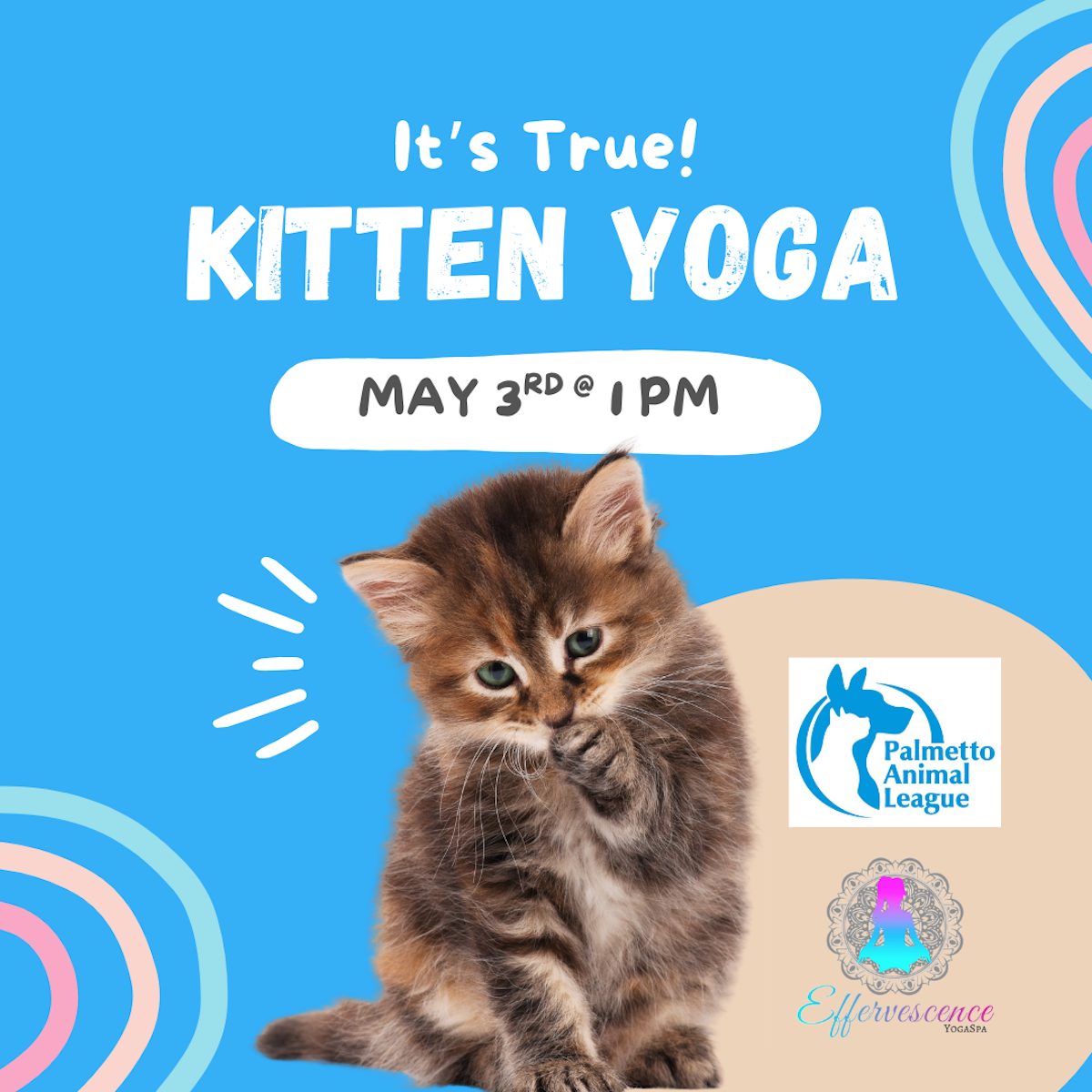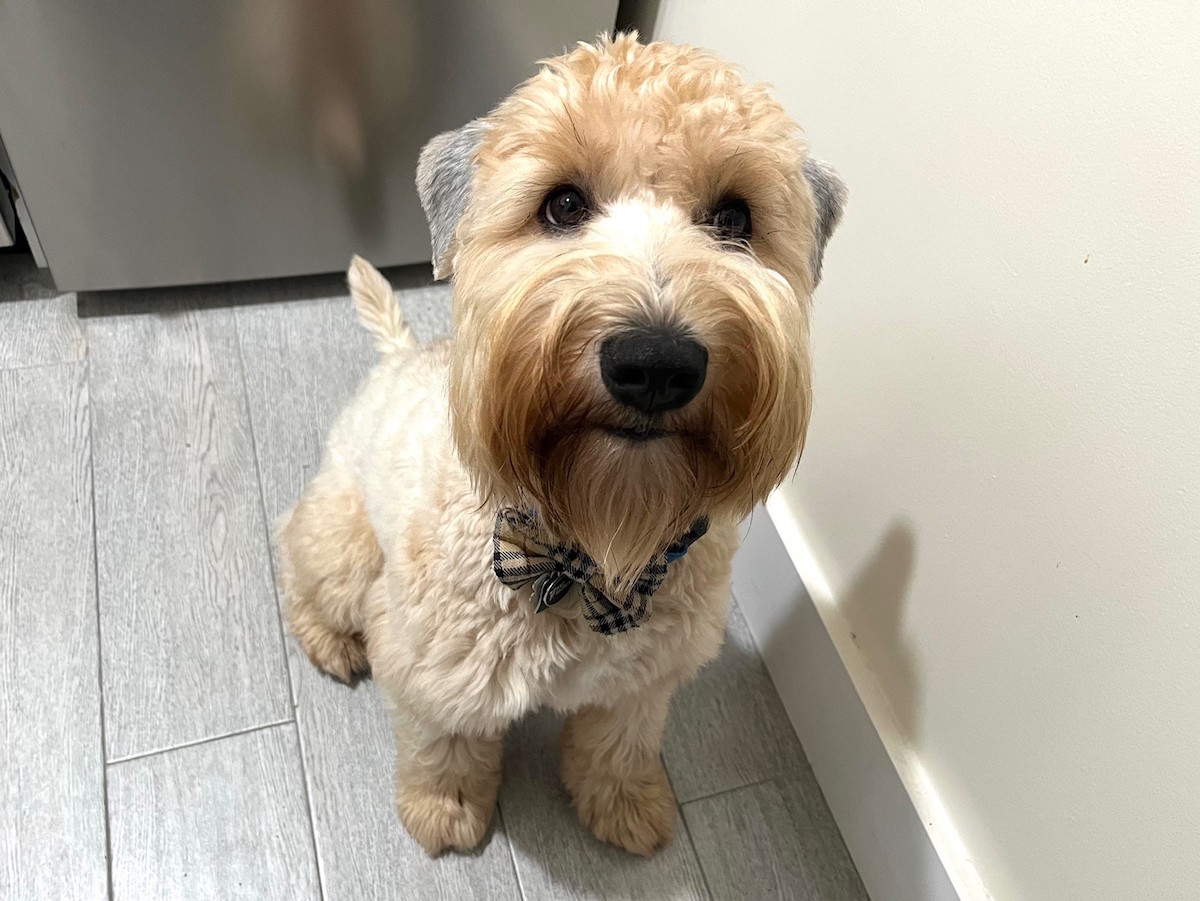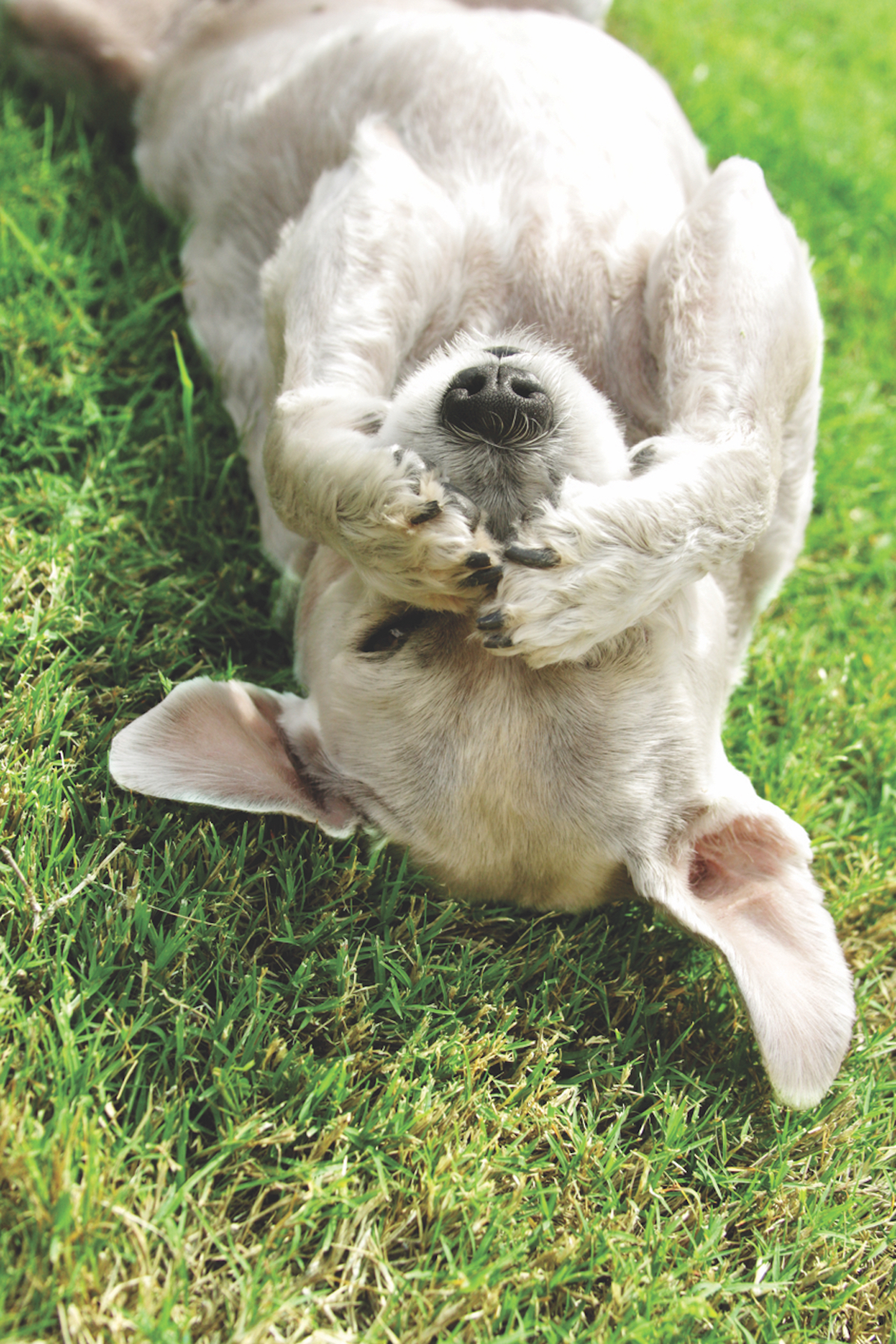By Tracie Korol
Sixteen years ago I began a gradual process of learning to, as I call it, “eat clean.” That means I do not purchase packaged, processed foods, nor do I purchase my proteins anywhere but from a source where I have personally met the farmer and the animals that are going to sacrifice for me. Shortly thereafter I began clean feeding my pets, too.
Eating clean is becoming the new mantra in certain circles. What with the most recent recalls on some of the “better” kibbles, eating clean should be taking on a whole new dynamic and should be something we all need to consider. Diamond Pet Foods, a Missouri-based pet food company, recently voluntarily recalled many brands of dry dog food because of Salmonella contamination. (Visit http://www.cdc.gov/widgets/FoodSafety/alt for the complete list of recalled foods.) Production was suspended on April 8 at the Gaston plant in South Carolina where the possibly contaminated food was produced, the same plant that made mold-contaminated food in 2005 that killed dozens of dogs nationwide. The Gaston plant is a co-packer for dozens of well-known “premium” brands.
Bottom line: food that is made in factories and animals that are raised on factory farms brew up nasty little germs. These microbes appear to live quite happily all over the place. The trick to avoiding contact is due diligence in food handling, plain old common sense and learning where your, and your pets’,
food comes from.
As you know, I am a proponent for feeding dogs real food as much as it is financially feasible. And as you know, I think kibble, even the best, is still junk food processed from mysterious body parts creamed with chemicals in factories that may or may not have good cleaning crews. Yes, kibble mix is heated to high temperatures before it is extruded into tasty shapes, but has the tubing it runs through been sterilized between batches? Apparently not in the Diamond factory.
If you are a reasonably tidy sort and you manage hygienically what foods go into your family—and your dog is family, too—then you can be fairly content knowing that Salmonella is probably not going to be an issue. If your food came from a reputable source (hopefully, a local farm), if you handle it properly and prepare it well, whether you choose to feed raw or choose to cook for your Best Friend, you should not be faced with the symptoms.
Pets with Salmonella infections may be lethargic and have diarrhea or bloody diarrhea, fever, and vomiting. Some pets will have only decreased appetite, fever, and abdominal pain. If your dog is feeling punky, pay attention to what’s in his bowl and what’s on his bowl. (When was the last time you ran Dog’s bowls through the dishwasher?) Also know that infected but otherwise healthy pets can be carriers and infect other animals or humans.
The whole food vs. pathogen contamination comes down to common sense and good hygiene practices when handling your dog’s food:
• Store raw food in the freezer and thaw in the refrigerator
• Store kibble, in small amounts in a sealed container out of reach of children: freeze the rest, don’t park it in the hot garage
• Don’t allow children to handle the dog’s food. If they do, make sure they wash their hands afterward
• Properly wash hands, all bowls, utensils and contact surfaces after handling the dog’s food (kibble or raw)
• Limit time raw food is held at room temperature during feeding to less than an hour in this heat and dispose of food left out for periods longer than this. Common sense check — would you eat a tuna sandwich that sat on the counter for eight hours?
• Pick up your dog’s poop and always wash your hands with soap and warm water afterward. Do I need to remind you?






